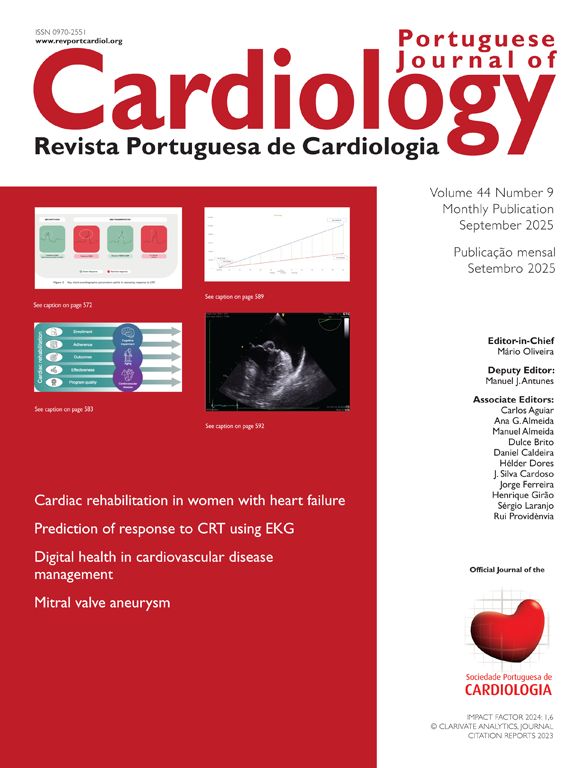Our case was a 48-year-old woman with no prior medical history referred due to asymptomatic atrial fibrillation (AF) of several years in duration. A baseline electrocardiogram showed a controlled heart rate without medication and no other abnormalities.
A transthoracic echocardiogram revealed a large saccular structure communicating with the left atrium, with Doppler flow inside it (Figure 1 and supplementary videos 1 and 2), but no other abnormalities were identified. Further evaluation with computed tomography confirmed the presence of a left atrial appendage aneurysm (8 cm×5 cm) with no thrombus inside and normal coronary arteries (Figure 2).
Electrical cardioversion was unsuccessful, leading to the abandonment of a rhythm-control strategy. In agreement with the patient and given the absence of symptoms or signs of compression of adjacent structures, a conservative management approach was chosen. Oral anticoagulation with dabigatran was prescribed due to the medium-to-long-term thromboembolic risk.
This case highlights the importance of ruling out structural abnormalities in young patients with persistent AF. Left atrial appendage aneurysm is a rare finding, predominantly reported as an asymptomatic condition in women in their 30s and 40s.1 It may be congenital, 90% due to pectinate muscle dysplasia, or acquired, resulting from herniation through a pericardial defect or increased atrial pressures due to mitral valve disease.2
The differential diagnosis includes entities such as coronary fistula or a pericardial cyst, and multimodal imaging is crucial for accurate management. Treatment for symptomatic cases is typically surgical; however, no studies are available comparing surgery versus conservative management with anticoagulation in asymptomatic patients.3
Conflicts of interestThe authors have no conflicts of interest to declare.









